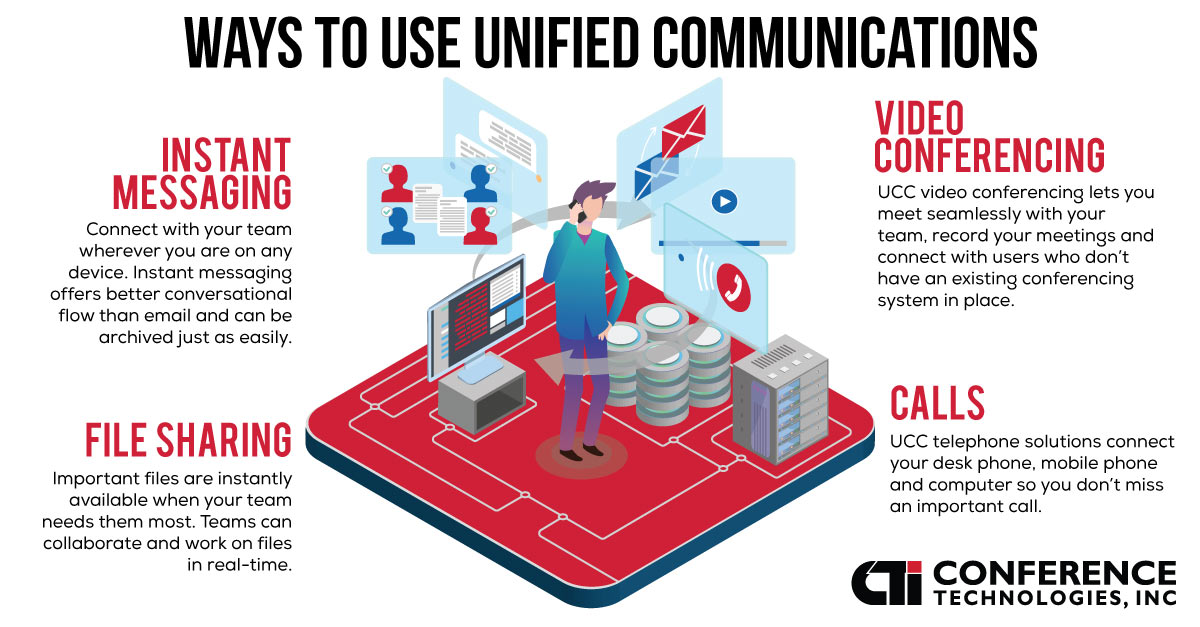
The integration of communication systems within a business is called Unified Communications (UC). By combining communication tools and services under one system, businesses can optimize processes, increase productivity, encourage collaboration, and elevate customer experience. In short, UC offers the competitive advantage of having a single system to manage multiple tools, such as phone, video conferencing, instant messaging, voicemail, email, fax, customer service, and more.
The following reasons will show you how important it is to have a unified communications plan in place. It goes far beyond a simple reason like convenience. A solution like this can redefine how you communicate and share content both internally and with your customers. Having great communication is something you need in place before all else.

Today’s business world is connected and constantly communicating. UC offers the competitive advantage of having a single system to manage multiple tools, such as phone, video conferencing, instant messaging, voicemail, email, fax, customer service, and more.

Unified Communications
We install room-based HD video and collaboration for point-to-point, or multi-user video calls. CTI can combine room-based, multi-point audio, and video conferencing systems with content capture, steaming and management solutions.
Talk to Us About Your Project
Too busy to chat right now?
Send us a message.





